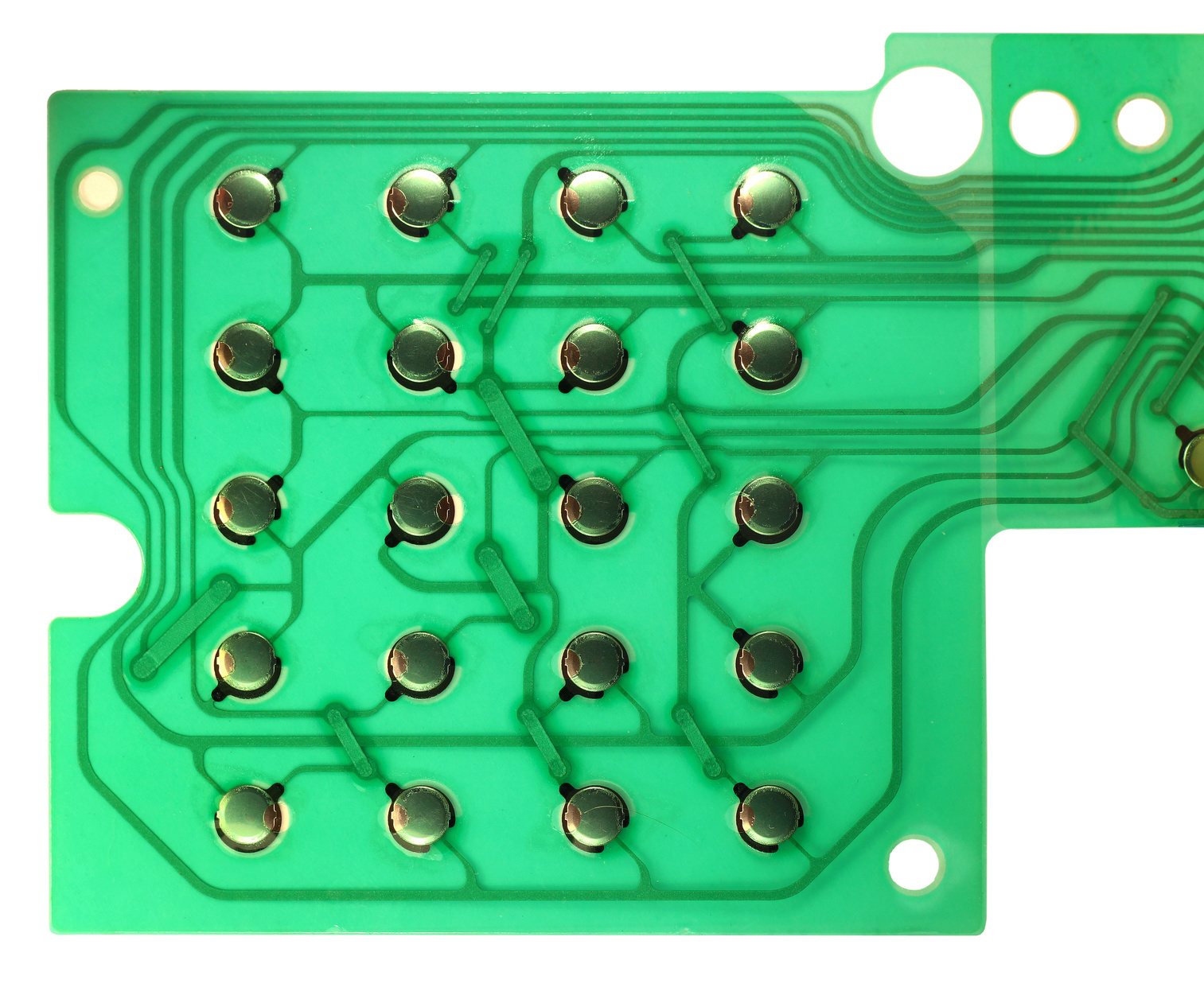The Duty of a Membrane Switch in Modern Touch Interfaces and Controls
The Duty of a Membrane Switch in Modern Touch Interfaces and Controls
Blog Article
Understanding the Capability of Membrane Switches Over for Individual Interface Devices
The functionality of membrane switches represents a substantial innovation in user interface layout, combining efficiency with aesthetic flexibility. As sectors significantly prioritize individual experience, comprehending the subtleties of membrane layer button technology ends up being vital.
What Are Membrane Layer Buttons?
Membrane buttons are innovative user interface gadgets that help with user interaction with digital devices. These versatile elements include numerous layers, consisting of a visuals overlay, spacer, and a published circuit layer. The layout permits a seamless combination into different electronic devices, improving both the visual and practical elements of individual interfaces.
Membrane layer buttons are commonly employed in a variety of applications, from home appliances to industrial equipment and medical tools. Their construction generally features a slim profile, making them an excellent choice for small designs. The responsive responses given by these buttons can be engineered to satisfy details user preferences, ensuring effective interaction in between the user and the gadget.
Resilience is another considerable advantage of membrane buttons, as they are resistant to dirt, moisture, and chemicals, which boosts their life-span in requiring atmospheres. Additionally, these switches can be customized in terms of form, dimension, and visuals style, allowing for branding and user-specific features. Generally, membrane switches over stand for a useful service for boosting individual experience in electronic devices, combining performance with aesthetic allure in an efficient fashion.
Exactly How Membrane Layer Switches Work
Operating on a simple principle, membrane layer switches over use a layered construction to sign up individual input effectively. Each button contains several layers, including a printed circuit layer, a spacer layer, and a leading visuals layer, which are created to collaborate seamlessly. When a customer presses the top layer, it presses the spacer layer, bringing the conductive components of the circuit layer right into contact with each other.
This call creates a closed circuit, signaling the gadget to carry out a details function. The layout enables various arrangements, consisting of tactile responses, which can enhance the customer experience by offering a physical experience upon activation. The products made use of in membrane buttons commonly include adaptable substratums, such as polyester or polycarbonate, which ensure resilience and strength versus damage.

Key Advantages of Membrane Switches

Another significant benefit is their compactness. Membrane layer buttons are slim and lightweight, which makes it possible for producers to conserve room in their tools without compromising capability. This function is specifically useful in applications where weight and volume are critical factors to consider.
In addition, membrane buttons are immune to dust, dampness, and chemicals, improving their sturdiness. This durability expands their life-span and reduces the need for regular substitutes, resulting in cost savings over time.
Moreover, the tactile responses given by membrane layer switches can be optimized to improve individual communication. They can consist of functions such as raised buttons or audible clicks, enhancing functionality and user experience.
Applications Throughout Industries
Interface gadgets making use of membrane layer buttons prevail in a vast selection of industries, showcasing their versatility and functionality. Membrane Switch. In my website the medical market, membrane switches are integral to devices such as diagnostic equipment and client surveillance systems, where their sturdiness and ease of cleansing are crucial for preserving hygiene criteria. In the automotive market, these switches are used in dashboard controls and infomercial systems, providing a sleek and modern-day interface for users.
Additionally, the consumer electronics market benefits from membrane layer switches in devices and portable devices, where portable style and easy to use user interfaces boost customer experience. Industrial applications also leverage membrane switches over for control board in machinery and automation systems, emphasizing their effectiveness and resistance to extreme atmospheres.
In the aerospace and protection industries, membrane layer buttons are used in cockpit controls and devices, where integrity and performance under extreme problems are vital. Furthermore, the pc gaming industry significantly incorporates membrane layer buttons in controllers and arcade devices, adding to an engaging individual experience. On the whole, the flexibility of membrane switches over allows their widespread usage throughout various sectors, highlighting their relevance in modern-day user interface layout.
Future Trends in Membrane Switch Over Innovation

In addition, using sophisticated products, such as polycarbonate and polyester films, is expected to increase, offering improved resilience and resistance to ecological stressors. These materials add to the total long life of membrane look what i found buttons, making them appropriate for harsher commercial applications.
Additionally, the consolidation of clever technology, consisting of IoT connectivity, will certainly make it possible for membrane layer switches to interact with various other tools and systems, facilitating a much more interactive individual experience. This pattern straightens with the expanding need for clever gadgets throughout various markets, from medical care to consumer electronic devices.
Lastly, customization alternatives are expected to increase, permitting makers to develop bespoke options tailored to particular user needs and preferences. These advancements will certainly place membrane buttons as vital elements in the development of user interface modern technology.
Verdict
To conclude, membrane layer switches represent a crucial advancement in customer interface innovation, using a trustworthy and flexible remedy for varied electronic applications. Their layered building and construction facilitates compact design, while functions such as responsive feedback boost individual communication. The longevity versus environmental variables further strengthens their utility throughout numerous industries. As developments in product science and touch sensing innovations proceed, the capability and applicability of membrane buttons are anticipated to here are the findings increase, enhancing their relevance in modern electronic devices.
Report this page